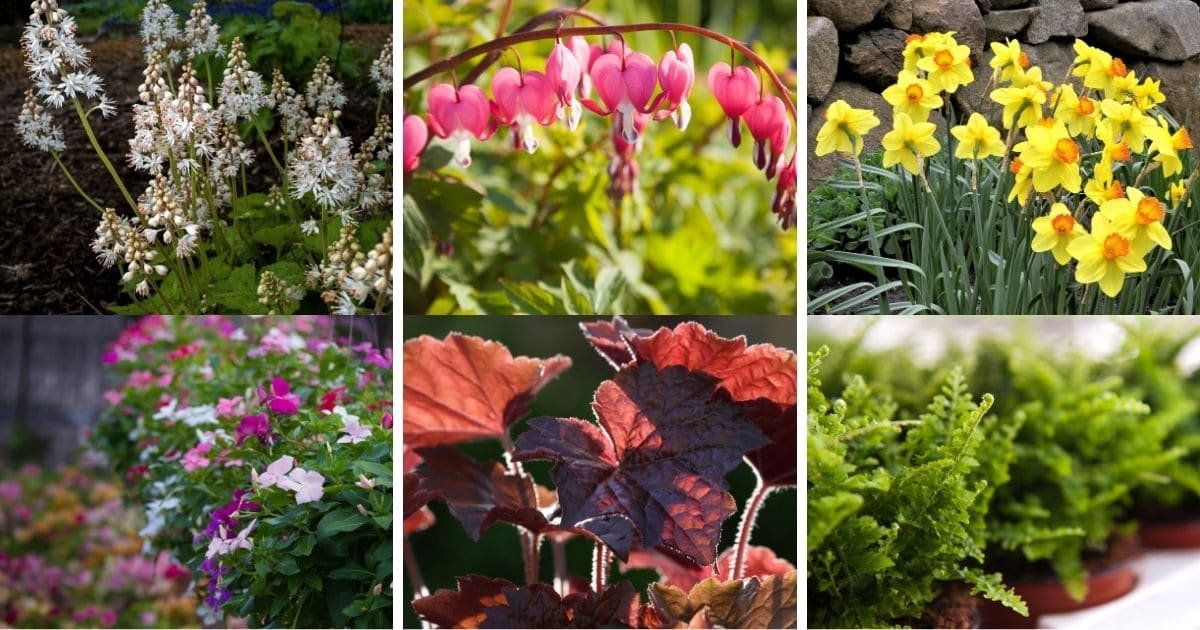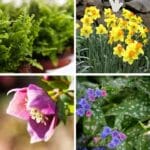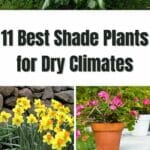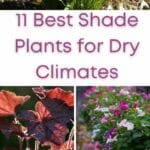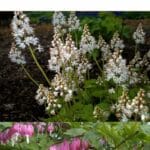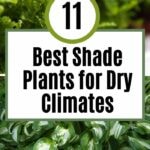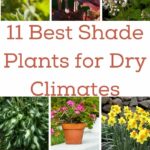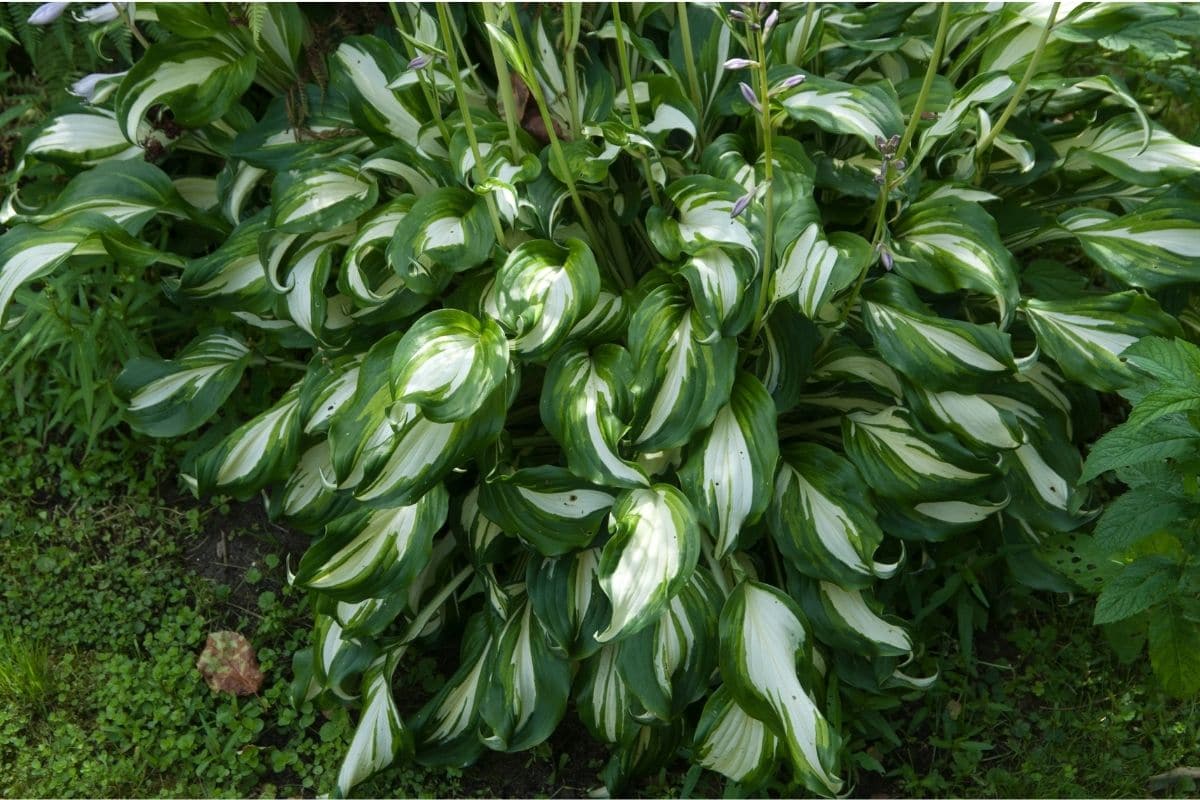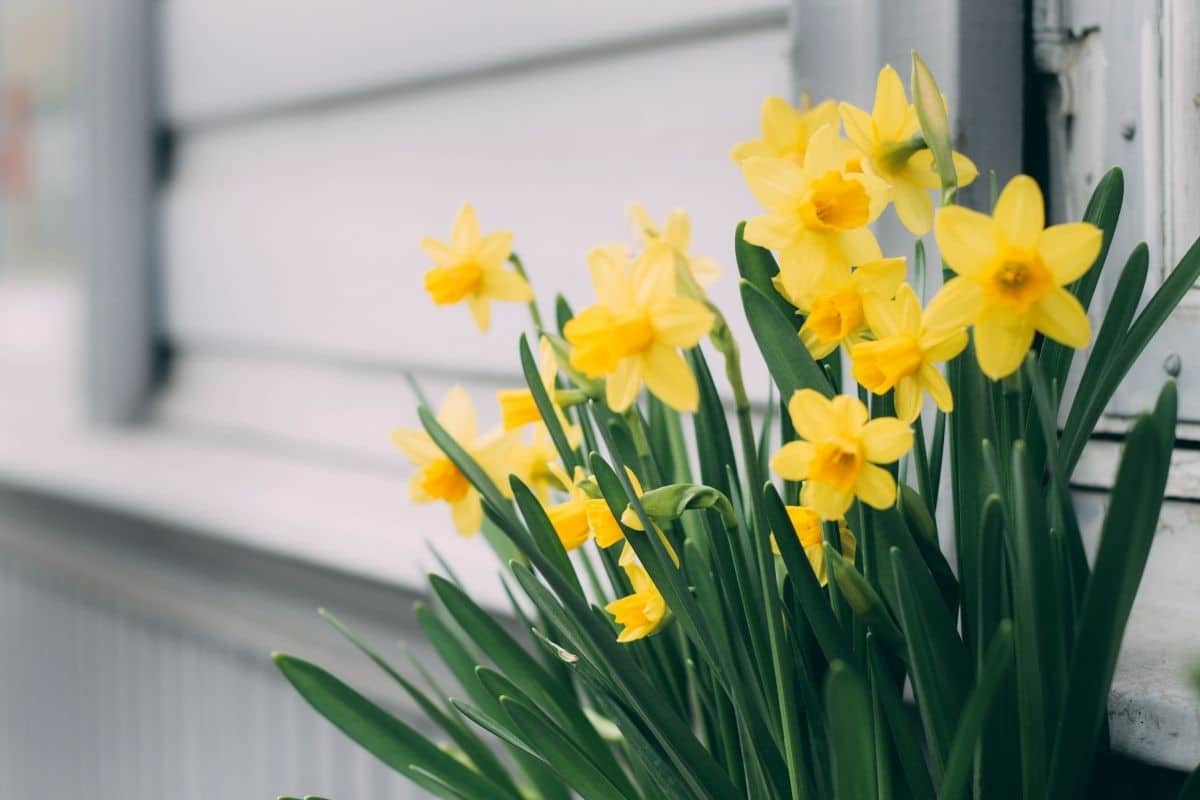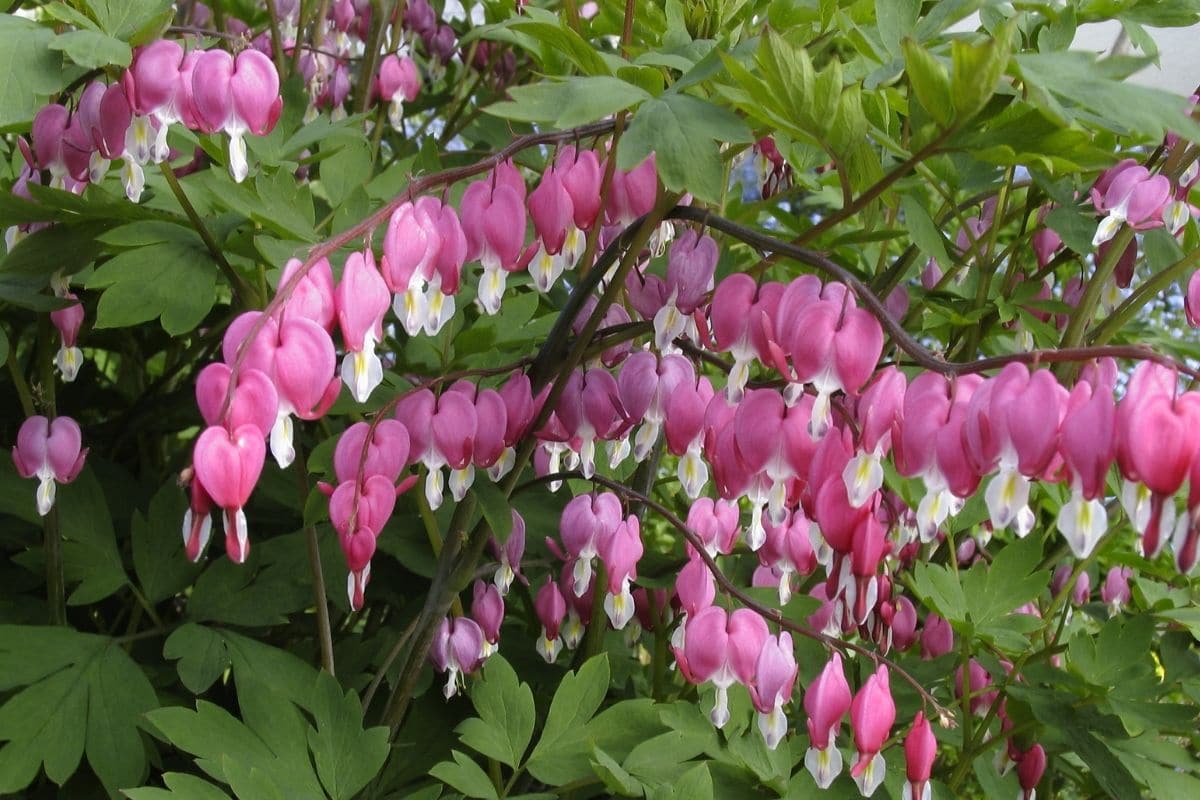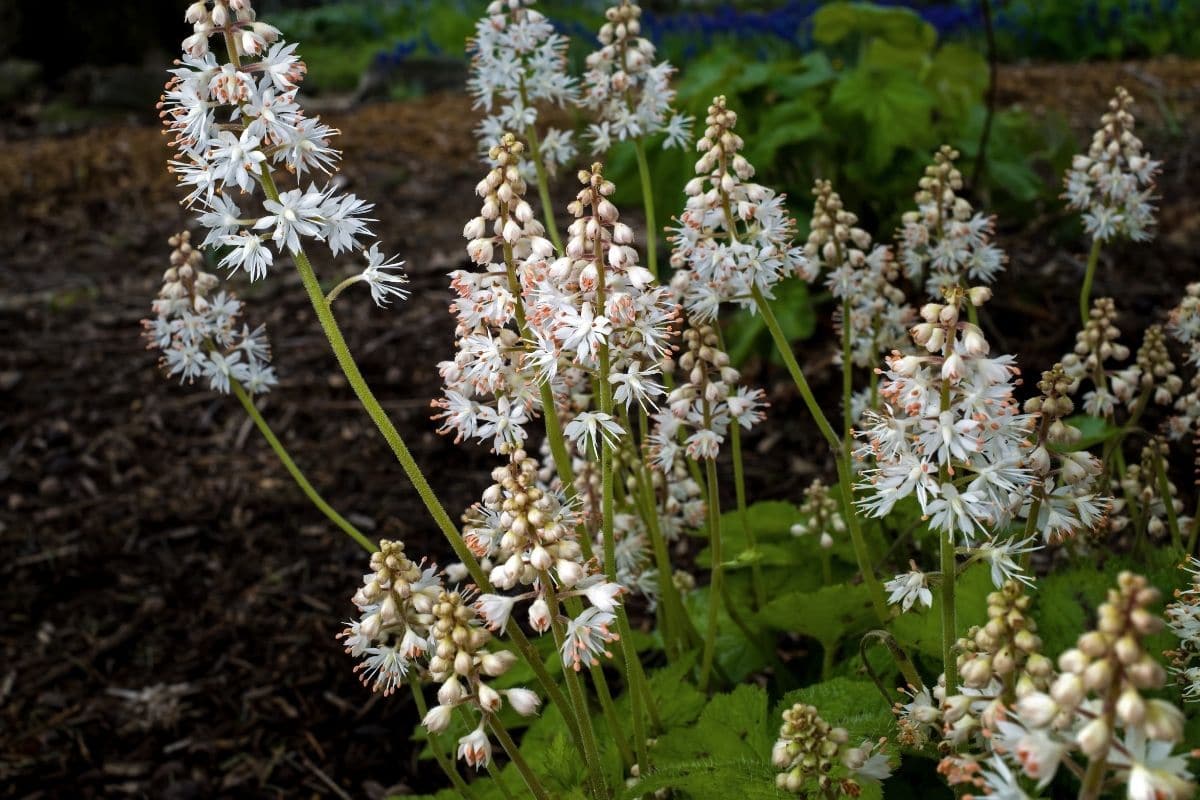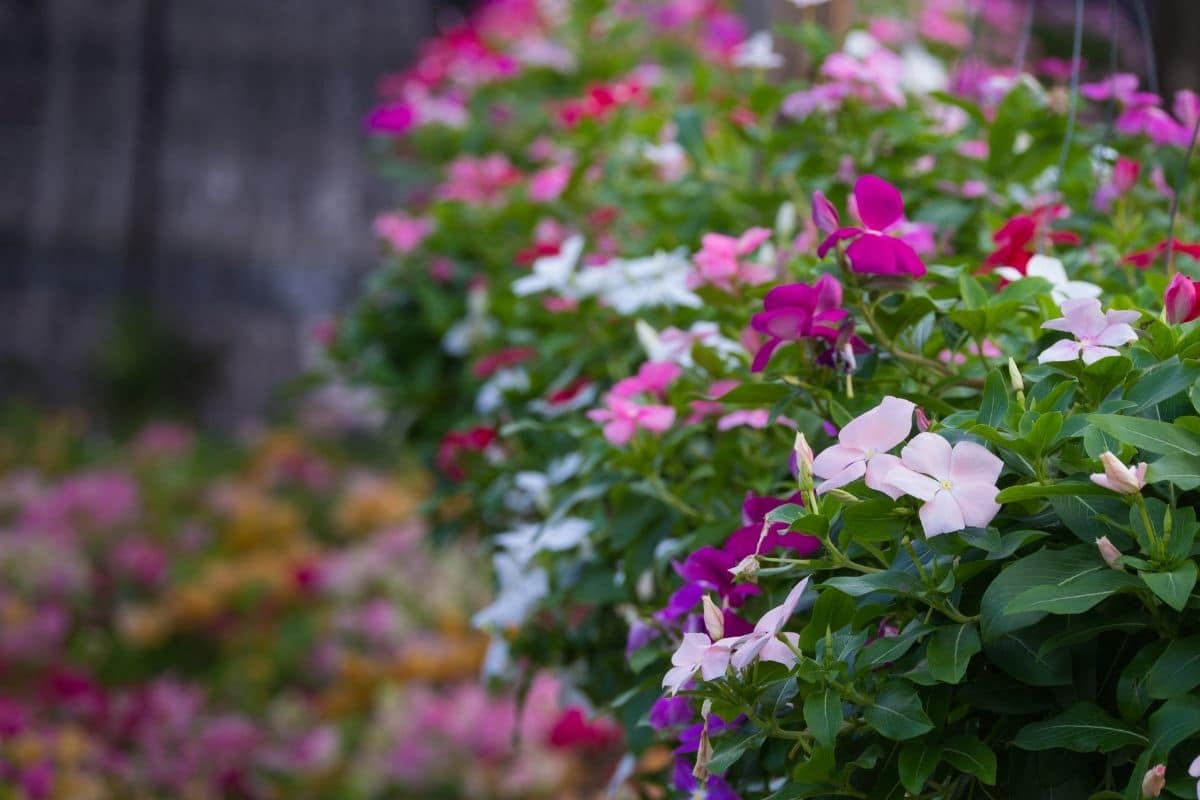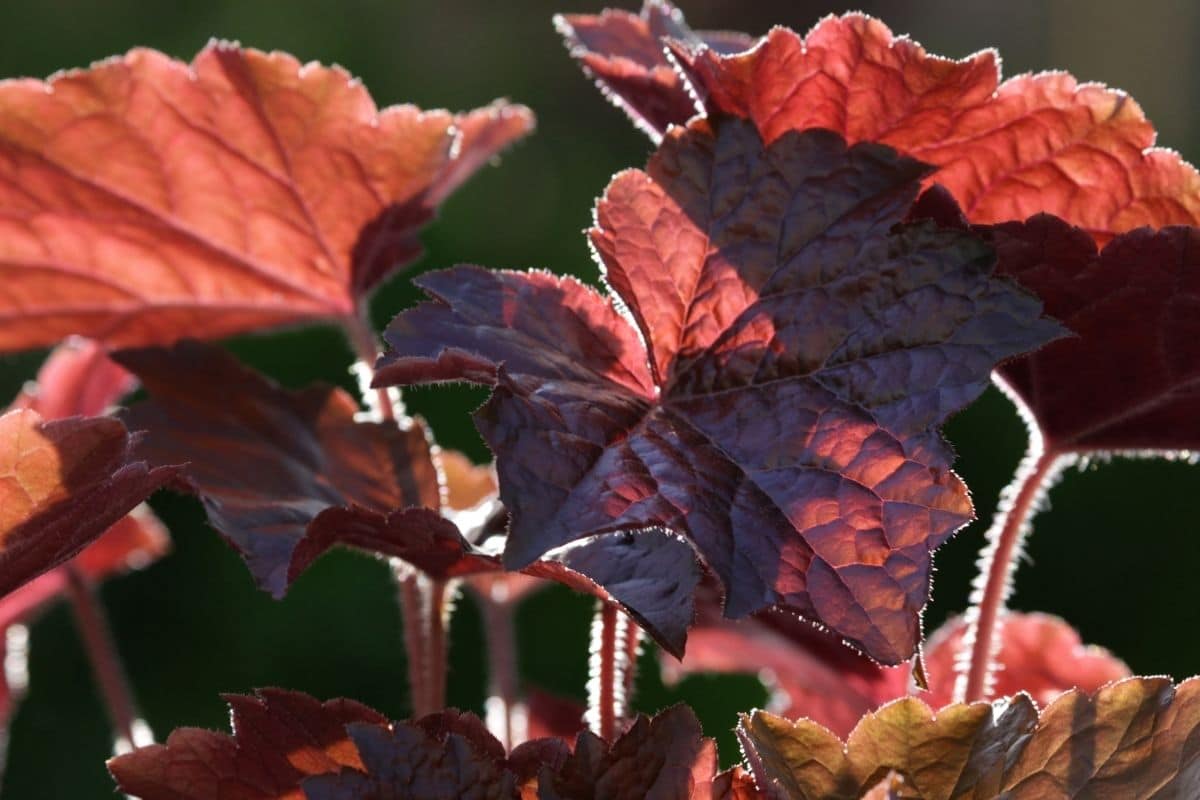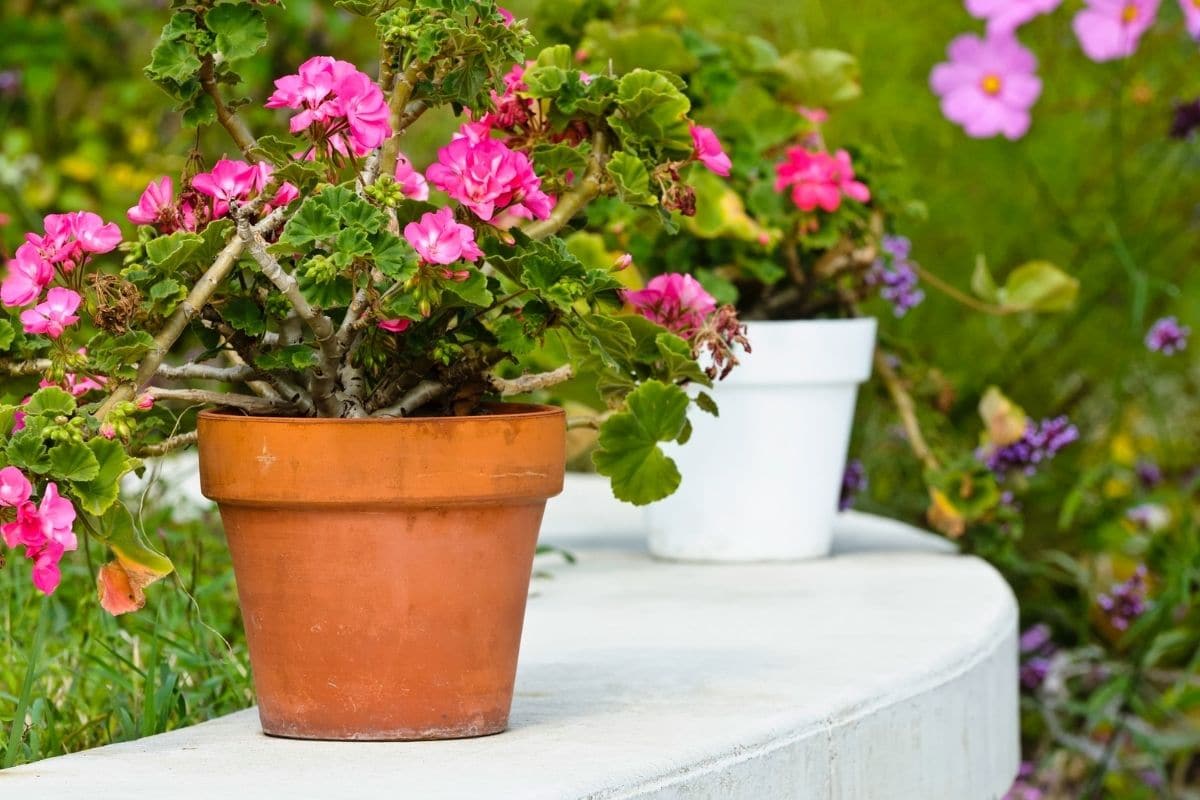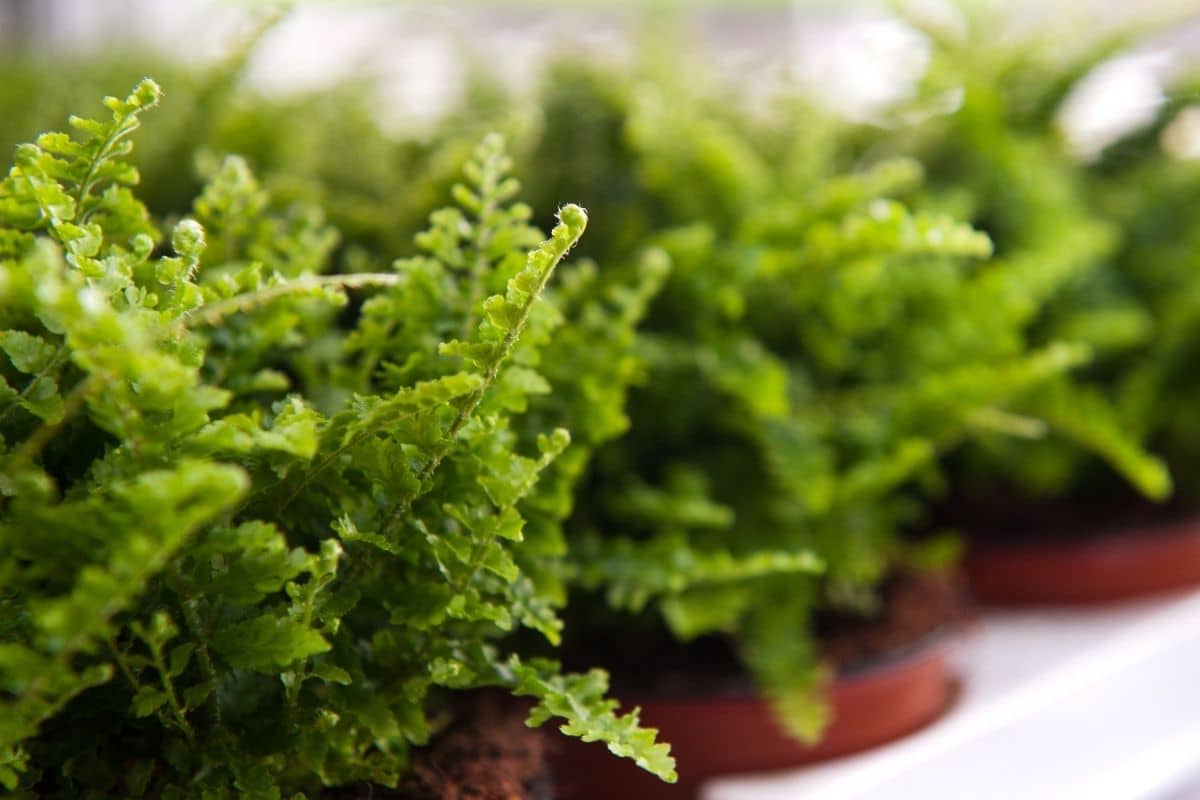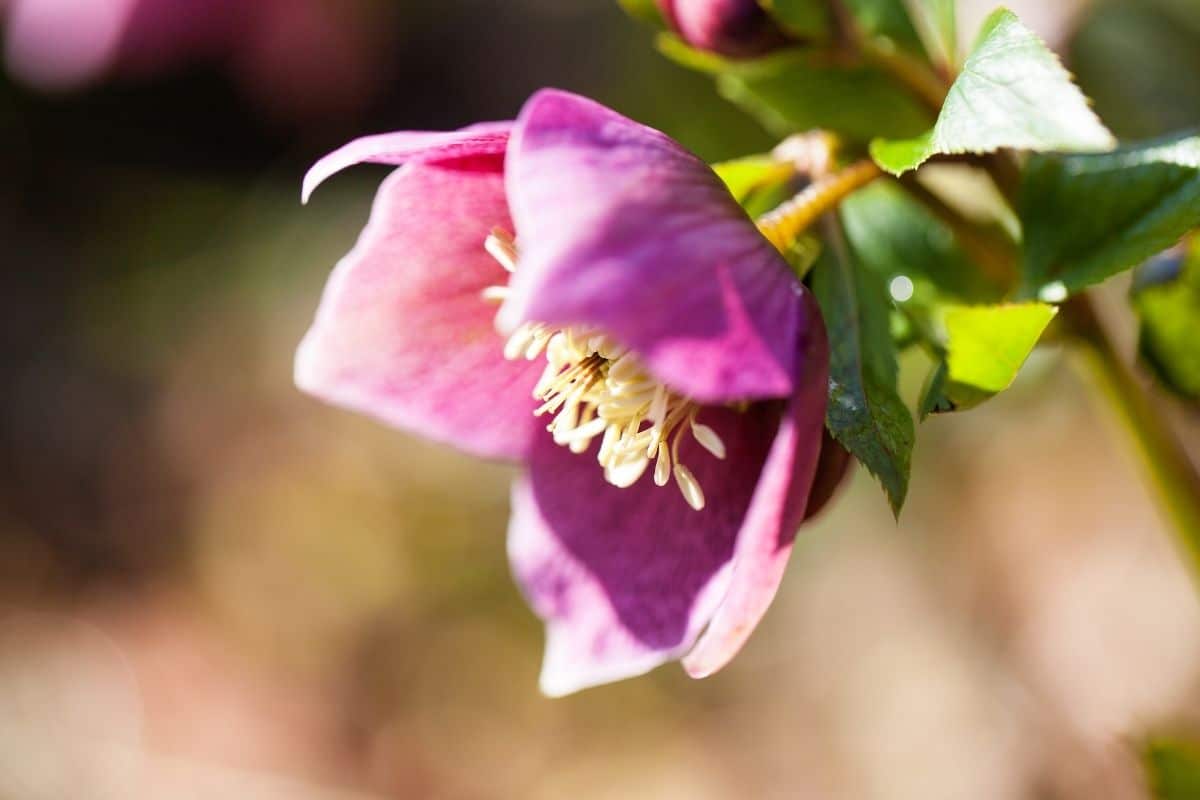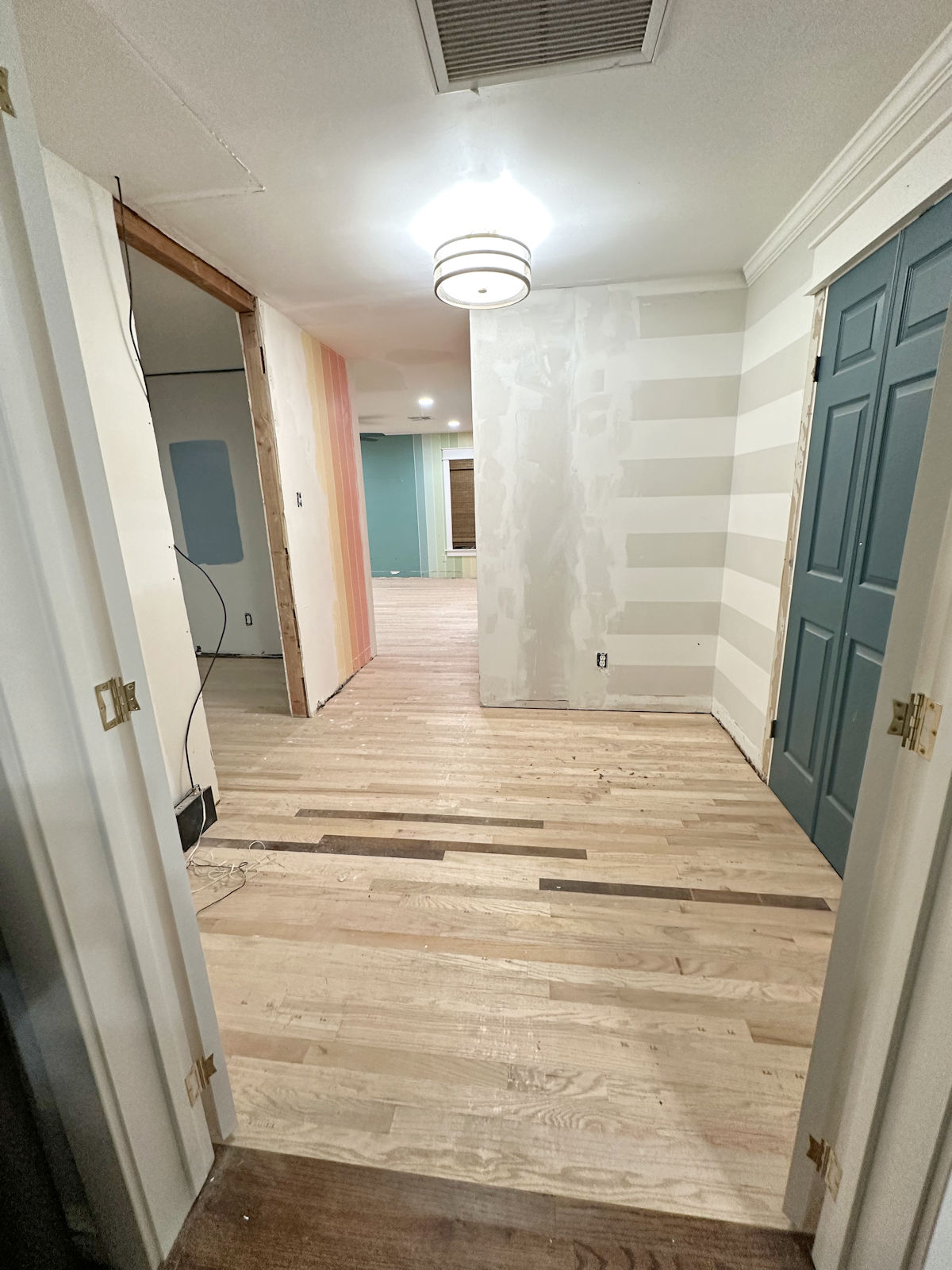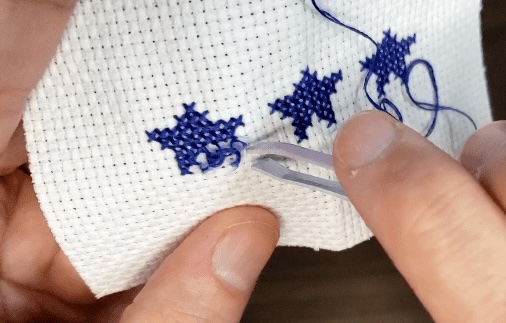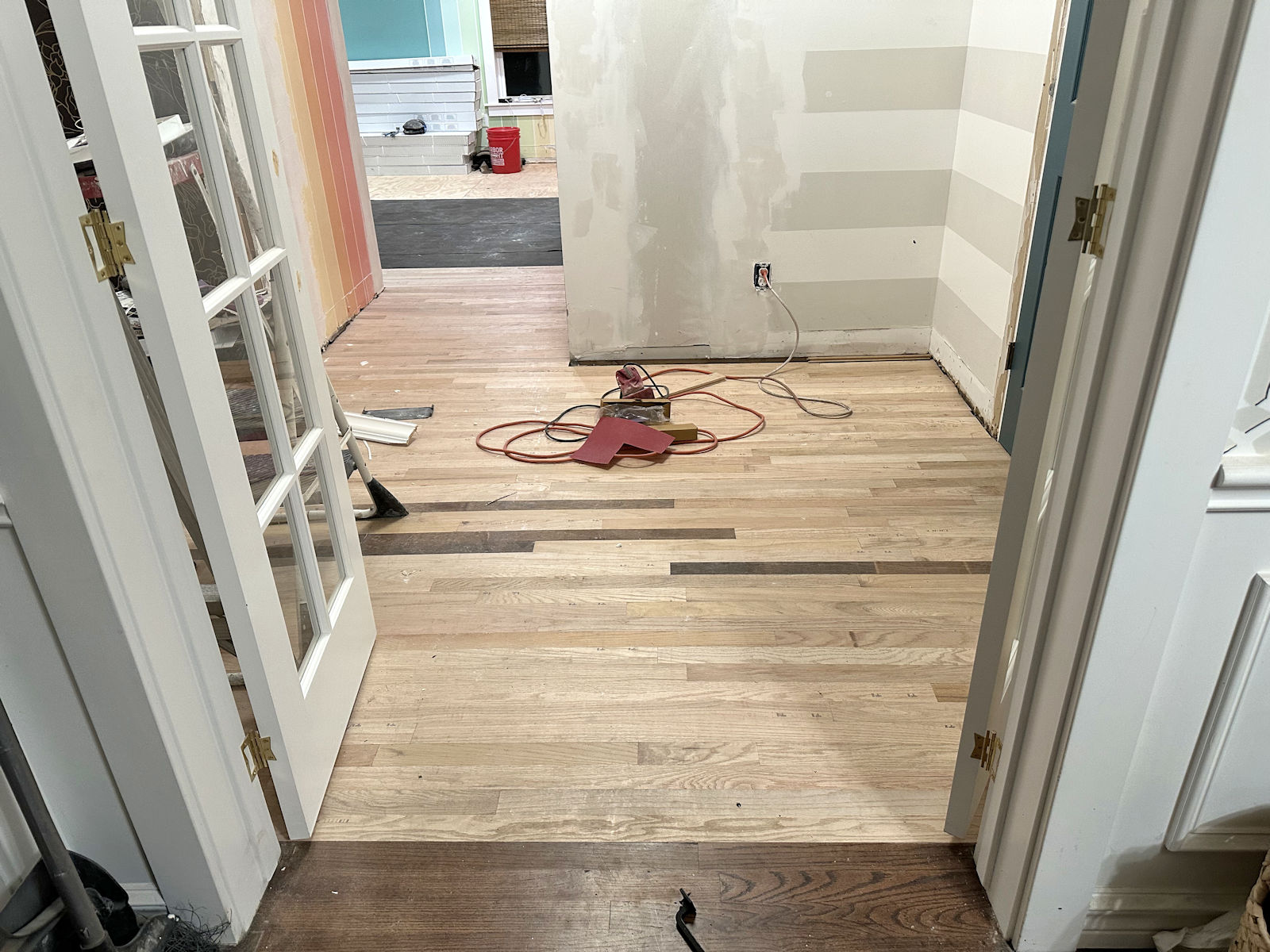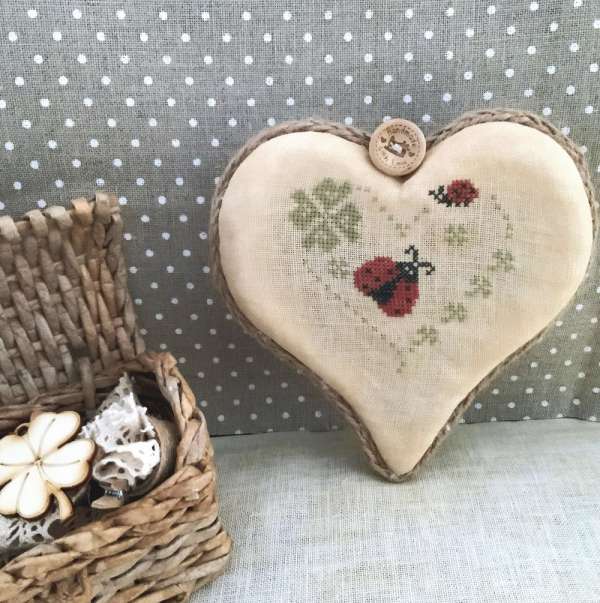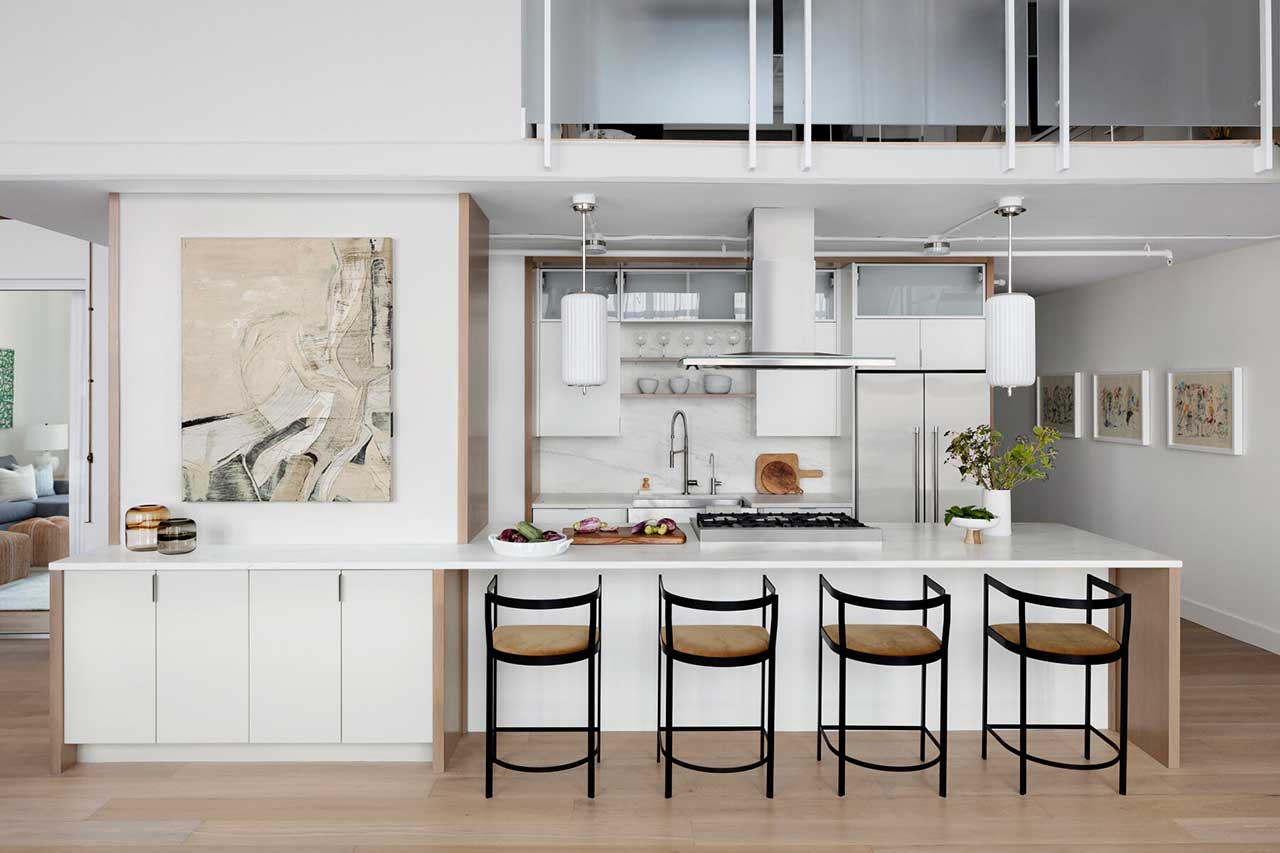As a general rule of thumb, plants require a decent amount of water and sunlight; however, if you live in a dry climate and have a heavily shaded yard, don’t give up on your garden dreams just yet. While you may have some limitations when it comes to planting options, there is still a decent variety to choose from that can thrive in shaded locations, even in dry climates.
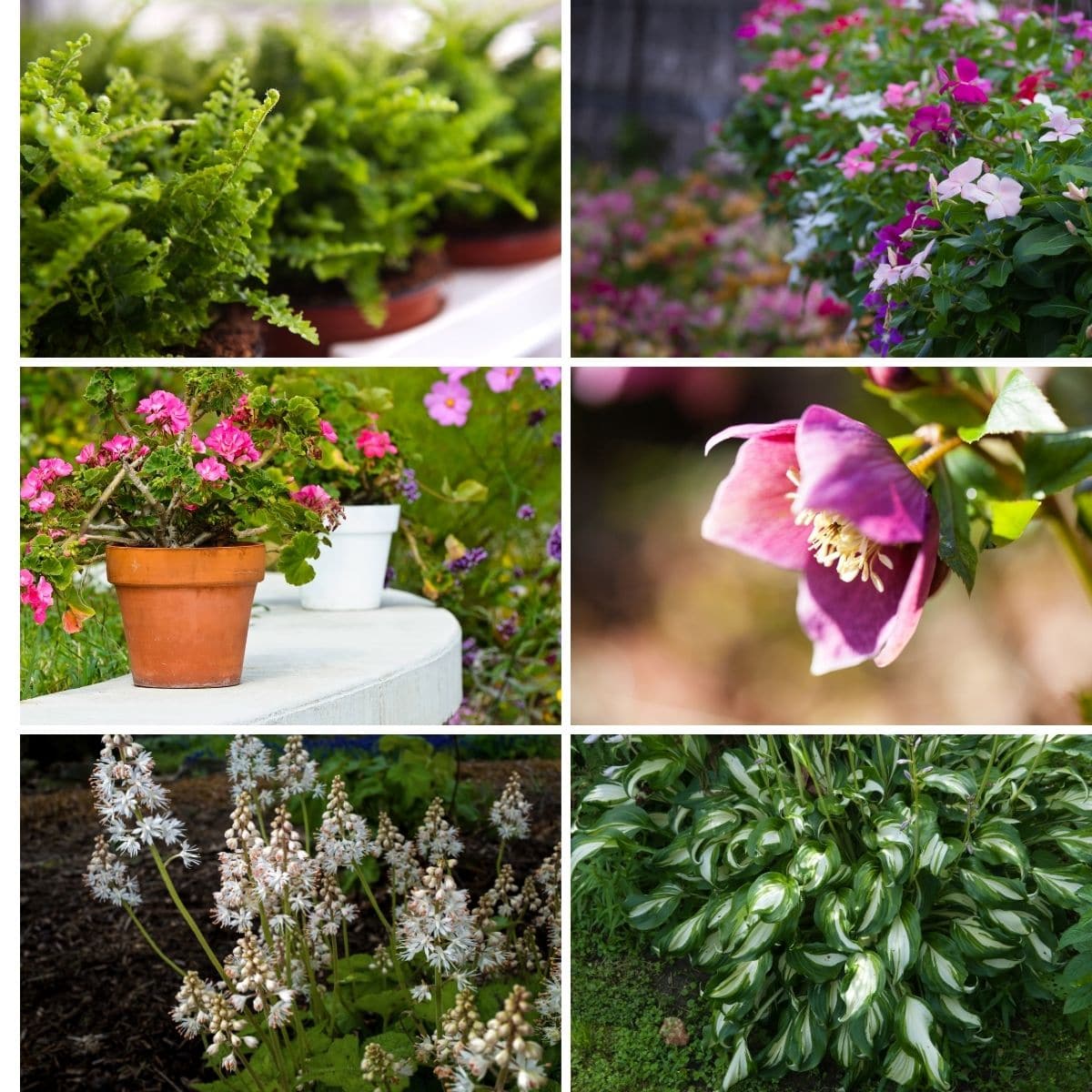
In dry climates, planting in the shade does provide some benefits overplanting in a sunny location. When covered with shade, the soil is able to remain moist for longer periods of time because evaporation will not occur as quickly. Many dry locations also have high temperatures and strong sunlight; therefore, shade can help keep your plants cooler and protect them from sun damage.
Best Shade Plants for Dry Climates
When you are looking for plants to grow, you will find plenty of options for shade plants and plenty of options for dry climates—the key is going to be finding plants that fall into both categories.
Plants that grow in dry climates are generally considered to be drought-tolerant; therefore, this is a good category to start with when on the hunt for your plants. From there, you can start to investigate which drought-tolerant plants also grow well in shaded areas. While these search parameters will narrow down your results, you will still find a decent variety to choose from.
If you want more great shrubs, check out this list of the longest blooming trees and shrubs. You might also love these lists that the best pink flowering shrubs for your garden or the best purple flowering shrubs for your garden. So many gorgeous ways to add beauty to your space!
1. Hosta
Hostas are a beautiful addition to any landscaping or garden and are a favorite among many. These are low-maintenance plants that are able to adapt to almost any climate and condition.
Another benefit of growing hostas is that they come in a wide variety of colors, sizes, and textures—leaving you with plenty of options to pick from. Although hostas are generally grown for their large-leaf foliage, most varieties will bloom flowers as well, but only for a few weeks each season.
The ideal growing zones for hostas are in USDA hardiness zones three through nine. Hostas not only grow well in shaded areas, but they can also adapt to grow in full-sun or partial-sun locations as well. Although hostas are said to grow best in moist, well-draining soil, they can also adapt to grow in dry environments, especially when additional water is provided by the gardener. Overall, hostas are a very hardy and adaptable plant that can be grown in almost any environment.
My favorite varieties of hosta are below:
2. Daffodil
Daffodils are a classic sign of springtime and bring vibrant flowers to your garden or landscaping. These flowers are known for their versatility when it comes to growing location—you can bury bulbs almost anywhere and expect to see flowers pop up in the spring. While daffodils are more likely to bloom higher numbers of flowers when planted in the sun, they can still bloom when planted in shaded areas, such as under a tree.
Daffodils come in yellow, orange, and white and bloom on tall, leafless stems. These flowers perform best in growing zones three through nine and are also a good choice if you are looking for a flower to grow inside. Daffodils will not grow well in soil that is too moist or water-saturated, and they are more likely to do better in dry soil—as long as ample water is provided by the gardener.
Some beautiful daffodil options for your garden include the Carlton Large Cup Daffodil, Goblet Trumpet Daffodil, or the Quail Jonquilla Daffodil. All are absolutely gorgeous!
3. Foxglove
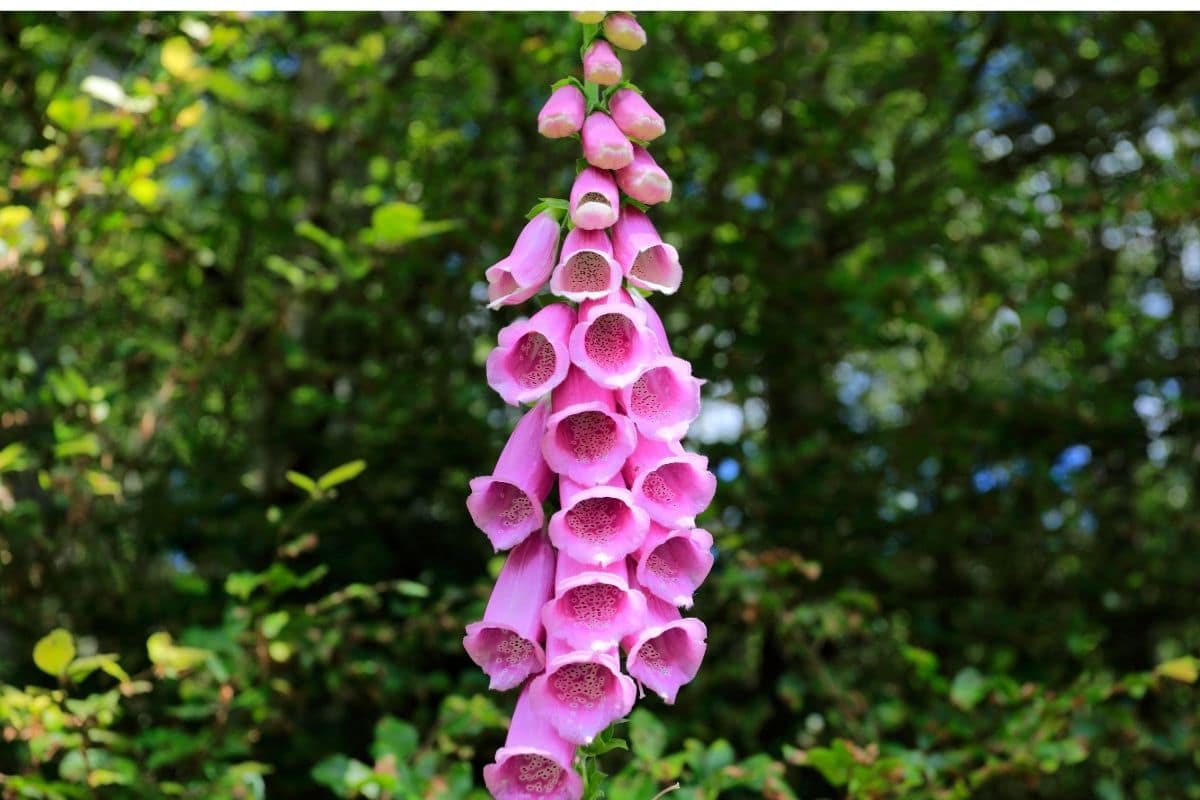
Foxgloves are one of the more unique-looking flowers that you can grow in your dry, shaded areas. When in bloom, the flowers form in clusters that start from the top of the stem and cascade downward—even the flowers themselves face down towards the ground. These flowers are shaped like bells and can be found in purple, pink, or white.
Foxglove flowers do not fare well in cold temperatures, and they do best in USDA hardiness zones four through nine. While most resources recommend full sun, foxgloves can also be grown in partial-sun and shaded areas and will still produce flowers. Foxgloves prefer loamy soil, which simply means there is sand, silt, and sometimes clay mixed into the soil. Foxglove can also grow in dry soil as long as the water is provided on a regular basis.
I love the Camelot Lavender Foxglove the most, but you might also like the Dalmation Purple Foxglove, or the Candy Mountain Foxglove. All are beautiful, but these are what I consider the best.
4. Lungwort
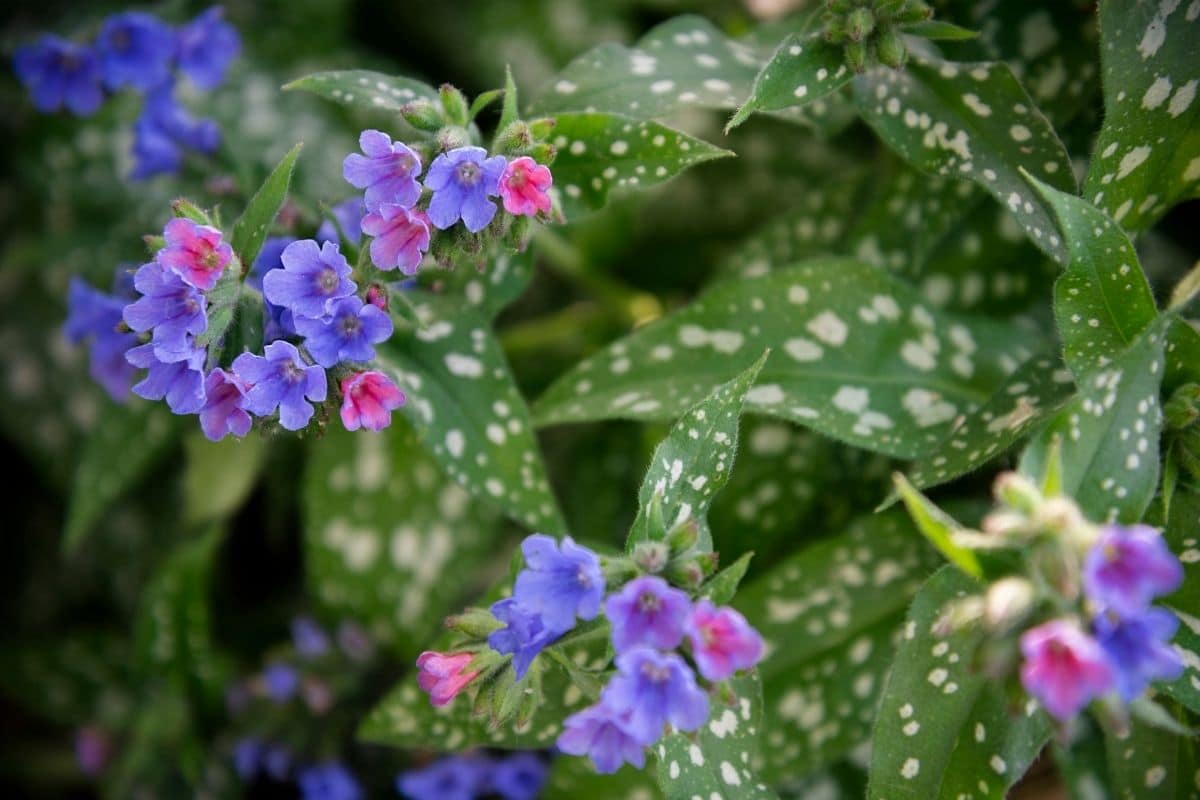
Lungwort is known for its ability to thrive and bloom in full-shade environments, and it also tolerates dry soil well. The flowers on these plants come in purple, blue, pink, and white and will generally form in clusters—although the occasional lone flower may be seen. The leaves on the lungwort plant may either be solid or spotted, and they are often textured, adding to the attractiveness of this plant.
Lungwort grows best in USDA hardiness zones two through eight, although it has been known to grow in warmer climates with shorter growing seasons. These plants are also fairly cold tolerant, and they have been known to continue blooming through early winter. Dry soil is no obstacle for lungwort as they are drought tolerant. Lungwort will also perform similarly anywhere from full sun to full shade.
Favorite options are the Mrs. Moon Lungwort and the Raspberry Splash Lungwort. Stunning colors and plentiful blooms make them favorites.
5. Bleeding Heart
Bleeding hearts are another unique option for your shaded areas if you are in a dry climate. The bleeding heart flowers are shaped like hearts with a tail-like feature hanging from the bottom. The flowers grow side by side on long curved branches, giving them a cascading effect.
Bleeding hearts come in red, pink, and white and are great for attracting butterflies and birds. If you really love butterflies, check out these tips for making DIY butterfly feeders.
Bleeding heart flowers do best when planted in shaded areas, so a shade garden is a perfect place for them. They are also not particular about soil type, and dry soil won’t bother them as long as they can get enough water from the water hose. Bleeding hearts grow best in USDA hardiness zones three through nine and can generally be planted right after the last frost.
6. Foamflower
If you’re looking for something that will add just a little bit of color to your garden or landscaping, the foamflower might be a good fit. The flowers that bloom are small and form in small clusters near the top of their tall stems. These flowers only come in two colors, pink or white, which add small pops of color wherever they are planted. The foliage of the foamflower is very dense and will cover the ground where they are planted, making them effective week blockers.
Foamflowers can grow in either shade or partial-sun locations and can grow well even in dry climates. The only difference to expect when growing foamflowers in dry soil as opposed to moist soil is that they will spread more slowly and may not cover as much ground each season.
The best growing zones for these flowers is between three and nine. The blooms can be seen in the spring and the foliage stays green throughout the fall, providing a colorful attribute to your fall garden when most other plants have turned darker colors.
7. Vinca
Vincas are beautiful flowers that are most commonly grown as annuals. These tropical flowers can generally only be grown as perennials in warm and tropical areas. Vincas come in purple, pink, red, and white and are a common choice for flower beds and hanging baskets. The plants are considered drought tolerant; however, they are less likely to bloom with little available water.
If you live in a dry climate, just be sure to water your vincas every now and then for the highest bloom potential.
To grow vincas as annuals, you can be anywhere from zone two to zone eleven. Growing them as annuals just means that they won’t come back again the following season, and they would need to be replanted again to replace the flowers from the previous season. The partial shade should be just fine for these flowers, giving you plenty of options for growing.
These are excellent for planting in one of these spilled pot flower garden ideas!
8. Coral bells
While coral bells do produce flowers each season, they are generally grown for their colorful foliage. The foliage is a pinkish-red color that sometimes has a silver coating over the top—it almost looks fake! When coral bells do bloom, the tiny flowers form in tight clusters near the tops of the stems. The flowers are often visited by hummingbirds, making them a great choice if you are wanting to attract these birds to your home or garden space
Full shade is not a problem when growing coral bells; they should grow just as well in the shade as they would in a full-sun location. Dry climates also shouldn’t bother these hardy plants—as long as they are watered enough. The ideal growing zones for coral bells are between USDA hardiness zones three through nine. These plants are very easy to grow and will adapt to almost any environment.
There are many colors of coral bells, and adding a variety to your garden can create a stunning look. Below are some of my personal favorites.
9. Bigroot Geranium
Big root geranium varieties are some of the hardiest and easiest to grow options available to the dry climate gardener who needs to grow in the shade. Most big root geranium flowers are pink, but they can range from a pale-pink to a magenta color. The leaves are small but dense and have a fuzzy-like coating on them. The foliage is green throughout the spring and summer, but it turns to a red or orange color in the fall.
To grow big root geranium, you will want to be between growing zones three through eight. Dry climates are no problem when it comes to the big root geranium, but they do prefer nutrient-rich and well-draining soil. These flowers will also do just fine in any full-sun, partial-sun, or shaded areas, giving you plenty of options.
10. Ferns
Ferns are popular landscaping plants that are relatively simple to grow and maintain. There are an abundance of fern types and varieties for nearly every growing zone. Many fern growers chose to keep their ferns in containers or in hanging baskets but depending on which variety you chose, they should also be just fine planted in the ground.
Nearly all fern varieties grow well in shade and partial shade locations, but only hardy fern varieties should be chosen when growing in dry climates. While dry climates are fine for hardy ferns, they will do best in soil that is well-draining and high in nutrients. Overall, ferns are an easy shade plant to grow in the ground, even in dry climates.
Some favorite ferns include the New York Fern, the Lady Fern, the Leatherwood Fern, and the Cinnamon Fern. All are beautiful and can be a great addition to your home.
11. Hellebore
Hellebore flowers are more commonly known as Christmas roses and are a great option for a shady location in a dry climate. These flowers are most commonly seen in white, but they also come in cream, yellow, green, red, and purple. The leaves on hellebore plants are thick and leathery, adding to the plant’s overall hardiness.
One thing to consider when growing hellebore flowers is that they are highly poisonous, so be cautious when planting near kids or animals.
USDA hardiness zones four through nine are the ideal zones for growing hellebore flowers. While they do just fine in the shade, they can also be grown in partial shade or full sun. The hardiness of these flowers helps them adapt to dry climates if needed and little water is needed to keep them happy and healthy.

